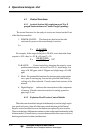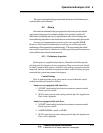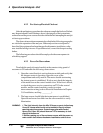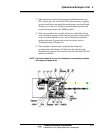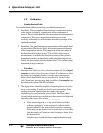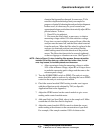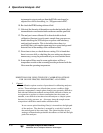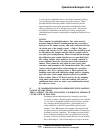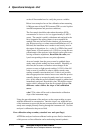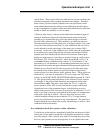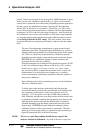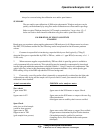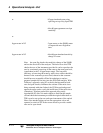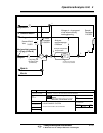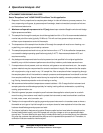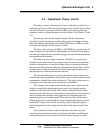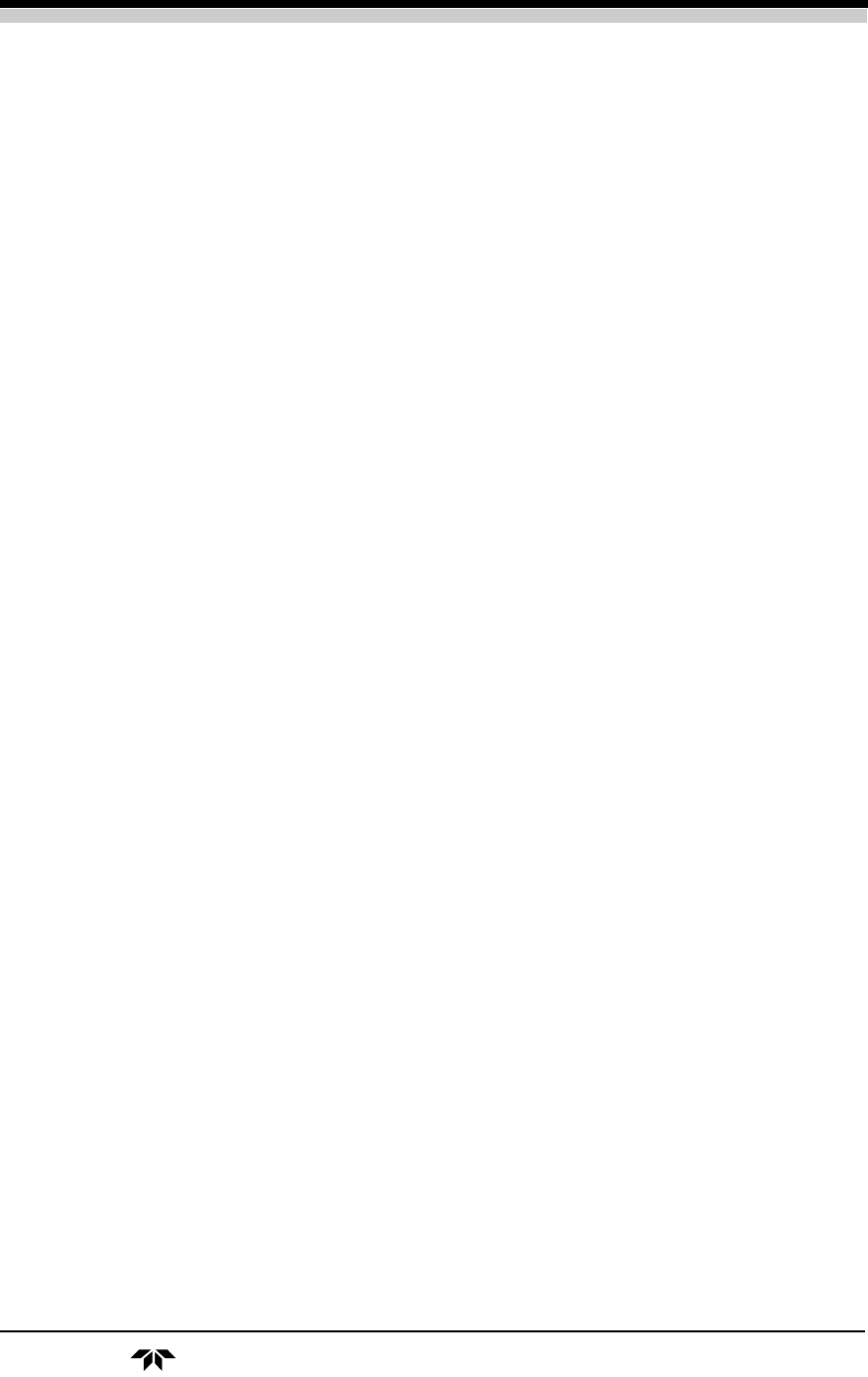
4–10
4 Operations/Analysis Unit
Teledyne Analytical Instruments
A Business Unit of Teledyne Electronic Technologies
as the off-line method used to verify the process variables.
Below is an example of an on-line calibration when measuring
0-200ppm water in liquid TDI (assumes TDI is a toxic liquid at
standard temperature and pressure conditions).
The first sample should be taken when the analyte (H20)
concentration is known to be low (approximately O-.002 %
water). The sample is quickly withdrawn and analyzed in the
lab to determine the water content via an acceptable lab
method (This may be Karl Fischer titration, gas chromatogra-
phy, IR spectroscopy or volume extraction/distillation, etc.). At
this time, the instrument zero is made to read exactly zero on
the output of the analyzer (i.e., on the % or PPM of the panel/
digital meter, 4-20 ma current, or 0-1 VDC etc.) using the zero
potentiometer of the analyzer or the digital or microprocessors
zeroing calibration adjustment, Record the lab value, ana-
lyzed corresponding to the zero set-point adjustment.
A second sample from the process must be grabbed after a
steady state upscale reading has been reached. Hopefully, at
this time, the customer can make a minor changes in the
process to cause a slight upscale reading (1 0-30% of the full
scale or more if possible) in order to obtain a steady-state
reading at another concentration level. It this is not possible,
then an appropriate time interval must occur when the process
naturally changes to an upscale steady-state level concentra-
tion. At this time the second calibration sample is grabbed and
immediately analyzed. Record this value, This higher concen-
tration value is subtracted from the first sample analyzed, Its
difference value
1
defines the slope of the calibration
curve.
value
1
- This value will be used to determine the calibration
slope of the instrument range.
Using the span adjustment of the analyzer, set the output reading to agree
with this difference in concentration. Once the slope is set, adjust the zero
of the instrument to agree with the true concentration to that of the analyzed
steady-state sample presently flowing through the instrument cell. Now the
analyzer is calibrated to the process fluid.
Zero calibration using secondary standard zero and span flag(s)
AFTER the analyzer has been calibrated on the process fluid, a simulation
of this process on-line calibration can be made using internal synthetic



